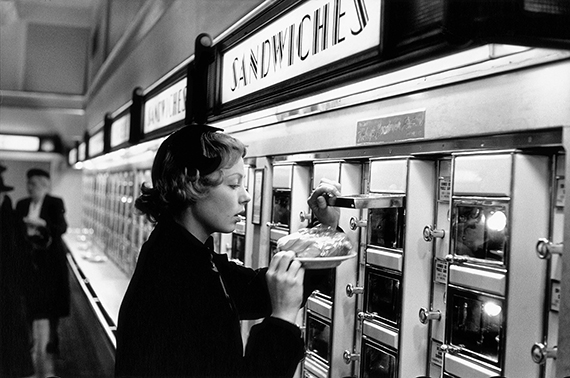
Automat. New York City, 1953
Gelatin silver print
21,3 x 31,8 cm
© Elliott Erwitt, courtesy Galerie Esther Woerdehoff
Elliott Erwitt »
Found not Lost
Exhibition: 13 Jan – 19 Mar 2022
Thu 13 Jan 12:00 - 21:00

Galerie Esther Woerdehoff
rue Marguerite-Dellenbach 3
1205 Genève
galerie@ewgalerie.com
www.ewgalerie.com
Wed-Sat 14-18:30
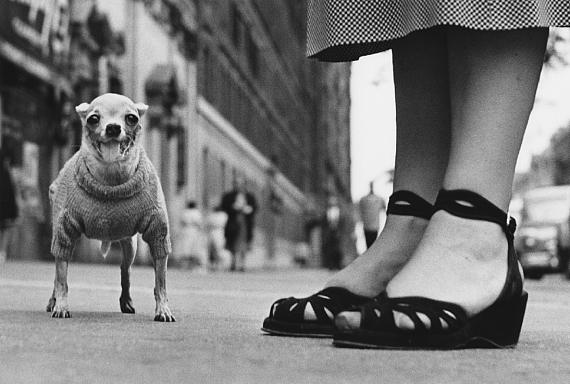
New York City, 1946
Gelatin silver print
21 x 30,5 cm
© Elliott Erwitt, courtesy Galerie Esther Woerdehoff
Elliott Erwitt
"Found Not Lost"
Exhibition: 13 January – 19 March, 2022
Opening: Thursday, 13 January, 12 - 9 p.m.
The exhibition "Found Not Lost" devoted to the American photographer Elliott Erwitt proposes the meeting of two views that the artist has been able to bring to the world.
First, that of the genius reporter from the Magnum Agency, whose daring photographs underline with humour the absurdity of the human condition. On the other hand, that of a man in the last stage of his life who decided, in 2018, to re-examine the photographs taken at the beginning of his career, far from the tumult of commissions.
By revisiting this sea of contact sheets, Elliott Erwitt was able to listen
to the voice of the young photographer he was. With this re-examination, it is his vision of the world that he questions.
If most of the artist's photographs have iconic status today, it is because
they possess a strength linked to the deep human commitment that emanates from them. It is a look that is interested in the way the living inhabit the world, with all that this entails in terms of incongruity and gravity.
It is an attention that makes us think about and understand the environment that surrounds us, with humour as a highlight.
The unpublished photographs, which have long been awaited, have a very special force, due to the melancholy that emanates from them.
The languor that pervades these black-and-white scenes differs from the spectacular images of film stars, the acerbic humour of the dog series or the Hollywood-style shots with which we usually associate the artist. They are, on the contrary, images that remain on the margins, captured during moments of breath in the frantic rhythm of the commissions.
Nevertheless, these now rehabilitated photographs exert the same power of attraction on the viewer as the most famous photographs.
Defining his photographs as commentaries on the everyday absurdity that plays out before our eyes, Elliott Erwitt has created through his work an incredible cartography of human emotions.
Perhaps the key to this fascination lies in the fact that these images tend towards that "elusive ideal" of which the artist speaks as a moment when everything comes together.
The exhibition "Found Not Lost" thus aims to bring together images that are already iconic, and on which many eyes have been focused, with images that are new.
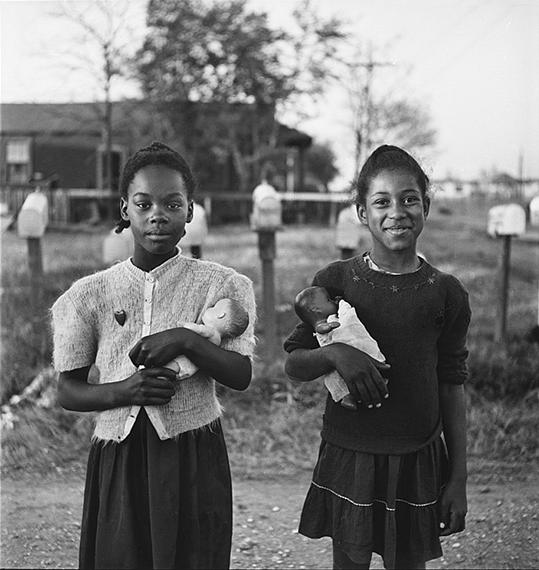
New Orleans, 1947
Gelatin silver print
24,6 x 23,4 cm
© Elliott Erwitt, courtesy Galerie Esther Woerdehoff
In his ground-floor studio on Manhattant's Upper West Side, surrounded by cameras, contact sheets, negatives, and ephemera—emblems of his seven- decades-and-couting journey as a working photographer—Elliott Erwitt carries on: a craftsman in adamant pursuit of the telling image.
Elliott is an acknowledged master with nothing left to prove. But like all artists built to last, he knows that even in a career that has gone from accolade to accolade, there is always something to examine, to reassess—always something to see again, for the first time.
In that sense, this is a record of a man mappins an undiscovered country, the hidden world of his own past. Here, Elliott sets aside all of those marvelous pictures of his that have shaped and enriched our visual world, and instead summons hundreds of other images into the light—photos none of us have encountered before.
This re-prioritising of a life's work is, by any measure, no small thing. For a photographer of Elliott's stature and longevity, it's extraordinary. His many familiar pictures have endured for generations because they seem to effortlessly capture life as it unfolds around us, whether that's life lived out loud by the likes of the Kennedys, Fidel Castro, Marilyn Monroe, or Nikita Khrushev, or lives lived on a more intimate, less public scale, lovers' ecstatic faces framed in a car mirror; a stoic, comical bulldog resting on a stoop after his daily walk in Central Park.
Whatever the subject or setting, Elliott's most celebrated pictures possess
an inimitable immediacy—a vision of the world elementally simple yet profoundly nuanced and mysterious.
The visual "one-liners" for which he is perhaps best-known—often humorous, sometimes deeply sober, always surprising—characterise a career marked by an idiosyncratic rhythm. But as it turns out, there was always another powerful, hidden through line in Elliott's work: a shadow motif that Elliott himself wasn't privy to until quite recently.
Imagine, at ninety-two years old, turning back to the thousands of photographs made throughout the many chapters of your career and, on second and third glance, discovering a significance in those images that you missed when you first saw them a few lifetimes ago.
This is precisely what happened to Elliott when, in 2018, after enjoying a major career retrospective, Home Around the World, he became aware of a new, unfamiliar heartbeat animating his older work.
Text: Vaughn Wallace
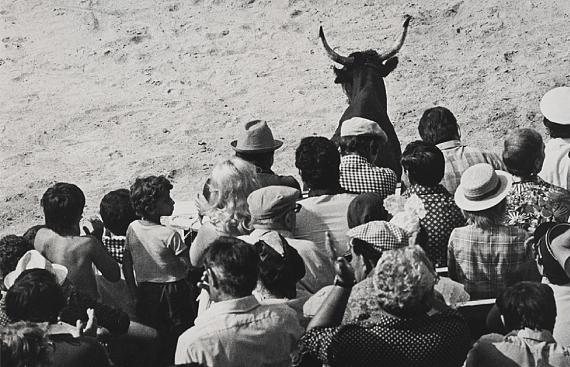
Saintes Maries de la Mer, 1977
Gelatin silver print
21 x 31,5 cm
© Elliott Erwitt, courtesy Galerie Esther Woerdehoff
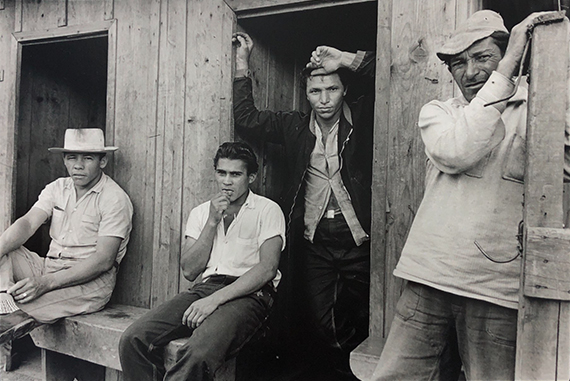
Brasilia, 1961
Gelatin silver print
21,2 x 31,8 cm
© Elliott Erwitt, courtesy Galerie Esther Woerdehoff